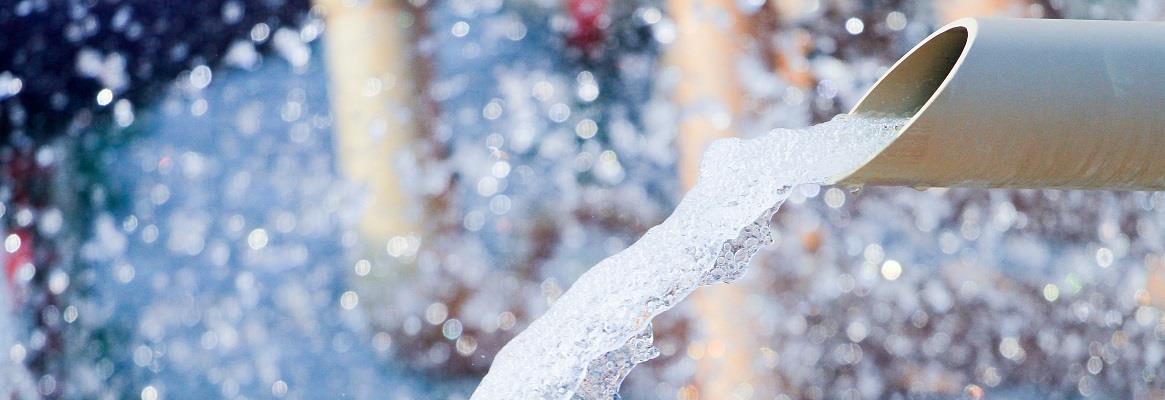The textile industry is a heavily water-dependent industry. With the pandemic-led demand for medical textile supplies and cotton face masks going up, water consumption by textile industries is only going to rise in future. Thus there is an urgent need to address water wastage by textile manufacturing companies with the help of smart water technology.
Rising industrial water consumption concern in India
The current industrial water use in India is about 13 per cent of the total freshwater withdrawal in the country and the water demand will grow at a pace of 4.2 per cent annually, rising from 67 billion cubic metres in 1999 to 228 billion cubic metres by 2025 (Source: World Bank). Rapid industrialisation, increasing population and flawed infrastructure are posing abundant challenges. They are the primary reasons behind the abruptly depleting water resources across the country. This has been further attributed to the declining per capita availability. In such circumstances, especially in a country like India, where on an average more than 50 per cent of the population do not have access to safe drinking water (Source: Water Footprint Network) and industries continue to use water in surplus, it becomes more critical to address challenges like leaks, water pipe bursts and old infrastructure concurrently. The best approach is to deploy smart water meters that assess the water consumption patterns in real time and helps to better water conservation efforts.
Water consumption in textile industry and water crunch
The textile industry relies heavily on water usage for its own survival. It needs approximately 1 billion cubic metres of water daily (Report: Industrial water study by Accenture & IOCL, 2018) considering it takes more than 20,000 litres (5,283 gallons) to produce just one kilogramme (2.2 pounds) of cotton, which roughly equals one t-shirt and a pair of jeans (WWF). This is as much what a single person would drink in over 3 years. As expected, if the population rises to 8.5 billion people by 2030, it is evident that the overall textile consumption will increase by 63 per cent—from the current 62 million tonnes to 102 million tonnes in 2030. In such a scenario, sufficient water to meet the requirements of the textile industry’s basic function will become a critical concern if the industry fails to adopt efficient water management infrastructure within its system starting today.
The pandemic-led demand for medical textile supplies and cotton face masks is also expected to become an inseparable fashion accessory going forward. This would mean more water usage at the manufacturing plants. The Indian mask market (reusable and disposable) valued at around $66 million in FY2020 is projected to grow at a CAGR of over 11 per cent till FY2025. If India's textile industry aims to craft a lucrative future in global fashion mask market and ably address the increased need of medical textiles, then it has to rapidly accelerate water footprint management using smart water technology at the production plants.
Reasons why smart metering solutions can be a game-changer:
• Reduces apparent water loss: Smart water meters identify consumption patterns and inefficiencies that aids in reducing water loss by 40 per cent every month.
• Allows early leak identification: Smart water meters enable early and more accurate leak detection, which translates into better monitoring of water usage and saves unnecessary repair expenditures later.
• Accurate water billing: These meters provide high resolution and frequent water consumption data which can be used to map and improve functioning and end billing.
• Real time monitoring of water consumption: These meters allow a realistic picture on the water consumption patterns ie allow network optimisation with dynamic data control.
Government initiatives in combating water crisis
Governments and regulatory bodies are working towards encouraging smarter systems, greener environmental standards and demanding cost targets to restrict water crisis. Smart water networks, energy reduction targets, growing population and the effects of climate change are driving new business models and regulatory demands for the government. Remote data collection and exchange is growing exponentially and long-established methods and practices are being relooked at. This is offering immense opportunities for industries to drive operational efficiency.
The road ahead
Right now, water conservation needs to be a strategic priority for heavy water usage industries like textile. Considering a majority of areas that they operate in are water-stressed, eliminating potable water use to the maximum extent should be the main motto. Textile industry stalwarts need to come forward and adopt smart water management infrastructure within their processing plants to increase water usage efficiency and minimise discharge volumes. Smart water meters can help India win the water crisis battle faster.
The smart water meter market in India is forecast to grow at a CAGR of 14.7 per cent during 2019-2025 as per Frost & Sullivan Report. Water-related problems such as droughts, increased water stress and flooding would necessitate a financial impact worth $11.8 billion over the next five years in India and with the pandemic severing the economy already, this is a risk India seriously would need to fend off.








Comments